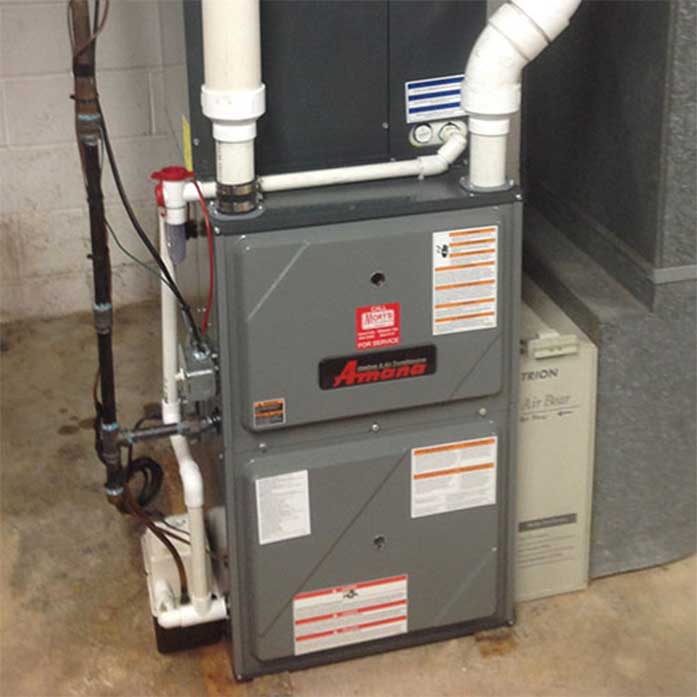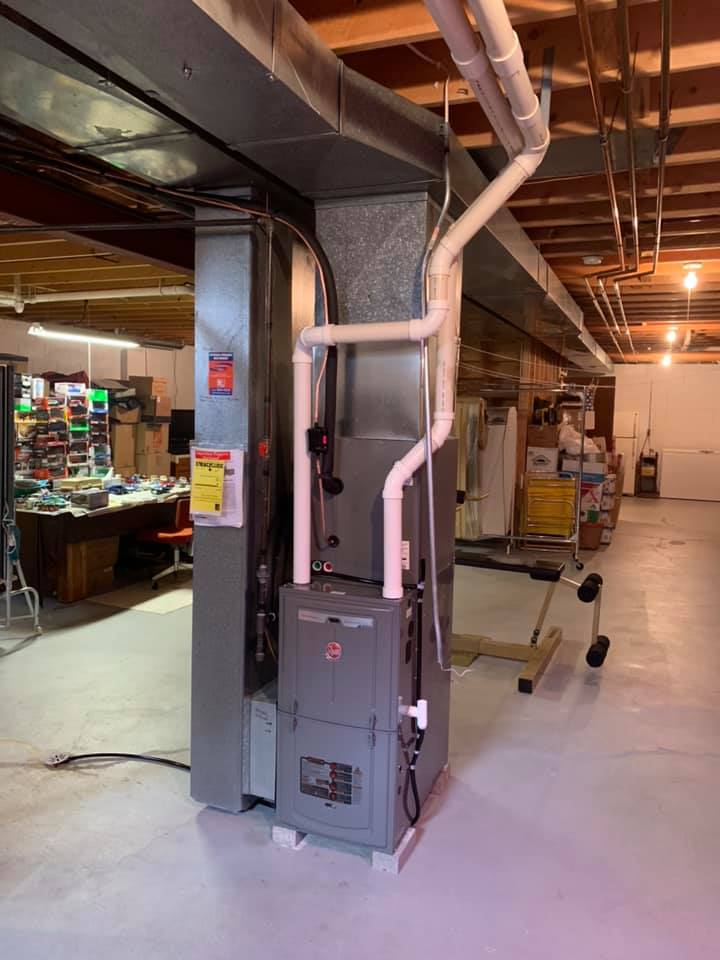Your preferred HVAC company: Offering professional services for home comfort
Your preferred HVAC company: Offering professional services for home comfort
Blog Article
The Ultimate Guide to Furnace Installation for a Cozy Home
Furnace installation is a critical aspect of preserving a comfortable home environment, specifically during the cooler months. As you think about these variables, the inquiry stays: what actions can you take to ensure your furnace serves you well for years to come?
Kinds Of Furnaces

Gas heating systems are the most common choice as a result of their effectiveness and reduced functional costs. They utilize natural gas or propane, offering fast heating and regular efficiency, making them excellent for chillier climates.
Electric heating systems, while normally much easier to install and maintain, often tend to have higher operational prices. They are commonly preferred in locations where gas service is inaccessible or for homes with existing electric infrastructure.
Oil furnaces, though much less typical today, continue to be a practical choice in certain areas. They melt heating oil, which can be advantageous throughout chillier months, however their reliance on oil shipment positions possible difficulties.
Furthermore, there are high-efficiency designs available across these kinds, which can significantly lower energy usage and energy bills - furnace installation. Inevitably, understanding these furnace types will help home owners choose a system that straightens with their home heating needs, spending plan, and energy choices
Selecting the Right Size
Picking the suitable size for a heating system is vital to ensuring optimum performance and energy performance. A small heating system will certainly struggle to preserve comfortable temperature levels throughout the chilly months, leading to raised wear and tear, greater power costs, and possible system failing. Conversely, an extra-large heater may cycle on and off as well frequently, resulting in ineffective home heating and irregular temperature level distribution within the home.
To identify the proper heating system dimension, an estimation referred to as the Handbook J tons estimation should be carried out. This procedure evaluates various factors, consisting of the square video footage of the home, insulation degrees, home window dimensions, and regional environment conditions. This comprehensive analysis makes certain that the furnace meets the specific home heating needs of the area.

Installment Process Introduction
In regards to products, you will require ductwork, insulation, and securing tape to guarantee optimum air movement and energy performance - furnace installation. It is additionally essential to have a new heater filter available, along with airing vent materials, such as PVC pipeline or metal flue, relying on the kind of furnace being mounted
Security tools, consisting of gloves, safety glasses, and a face mask, is also important to safeguard versus dust and particles during installment. Having all these tools and products readily offered not just improves the procedure but additionally enhances the safety and security and effectiveness of the heater installation.
Maintenance Tips for Long Life
To guarantee the long life of your furnace, it is vital to implement a routine upkeep schedule that attends to key elements of the system. Beginning by replacing or cleaning up the air filter each to 3 months, as a blocked filter can restrict air movement and decrease efficiency. Furthermore, evaluate and clean the blower assembly to avoid dirt accumulation that can impede efficiency.
Following, examine the thermostat setups and rectify if essential to ensure accurate temperature law. Check the ductwork for leaks or obstructions, as this can bring about power loss and uneven heating. Consistently lubricate the motor and bearings according to the producer's suggestions to lessen damage.
Specialist examinations should occur annually, where a qualified specialist can evaluate the heating system's general condition, check for gas leaks, and guarantee that security functions are working correctly. Finally, think about installing a programmable thermostat to optimize energy use and keep regular home More Info temperature levels. By adopting these maintenance techniques, you can improve your heating system's efficiency, extend its life-span, and inevitably take pleasure in a comfy and comfy home atmosphere.
Conclusion

Report this page